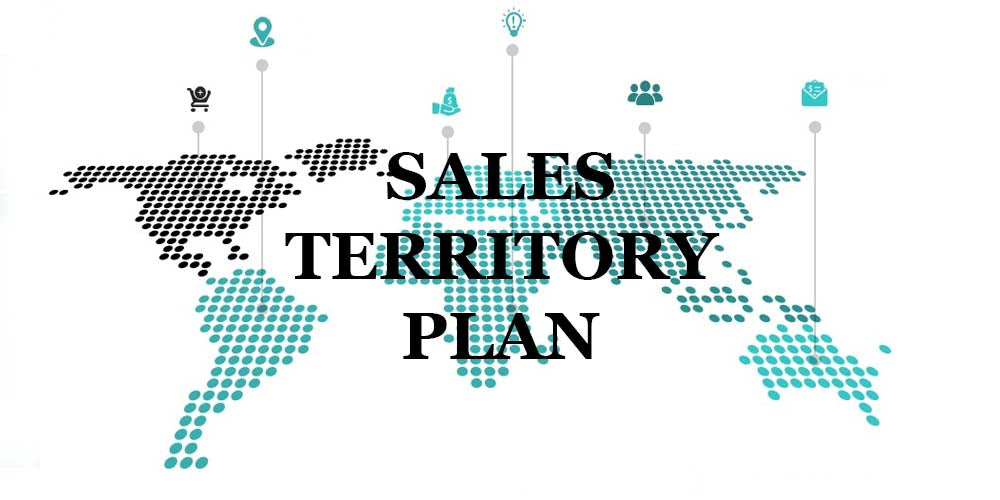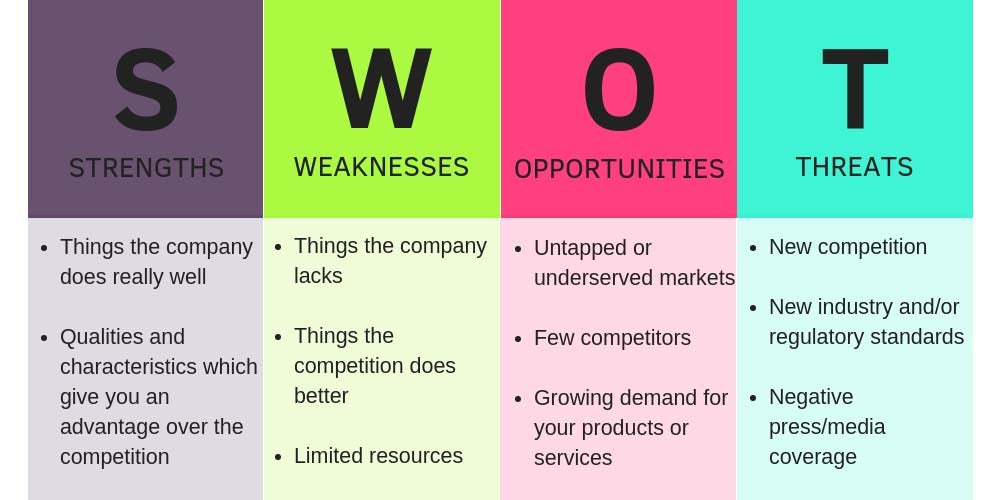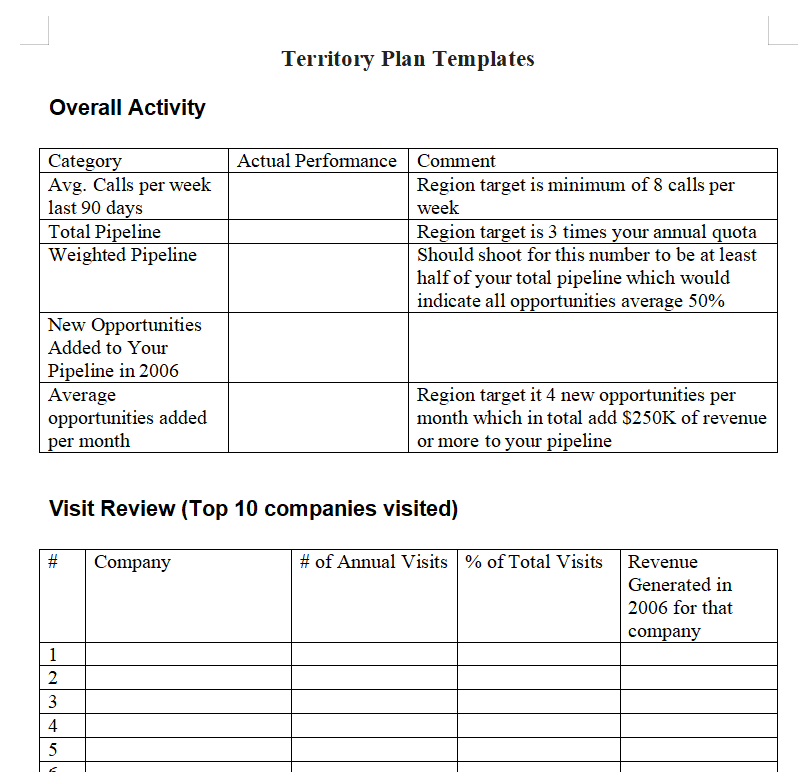![Sales Territory Plan - [15 Fundamental Steps to Create One]](http://royalcdkeys.com/cdn/shop/articles/image5-1690194446251.jpg?v=1719515017&width=1100)
Sales Territory Plan - [15 Fundamental Steps to Create One]

A successful sales strategy requires an effective plan tailored to a specific territory. Such a plan is essential for establishing strong relationships between your organization and clients, as well as identifying the number of potential prospects in each region.
A Sales Territory Plan serves as a comprehensive summary of all the critical aspects of your project, focusing on your target areas. This article aims to provide an overview of the essential factors that define this topic, helping you create a well-designed Sales Territory Plan.
Sales Territory Plan - [15 Fundamental Steps to Create One]
What Is a Sales Territory Plan?
A territory plan corresponds to a document summarizing the key information about the territory sales plan to help sales reps identify the right customers for a specific product. Thanks to this document, the sales rep can also plan strategies for different geographic locations looking for consistent sales growth over time.
Benefits of a Territory Plan

Your sales team can use a territory plan for different purposes. The main reason is that using a proper document will narrow the sales funnel, focusing on a better segment of existing customers. Here are the crucial benefits.
It Allows You to Meet the Needs of Your Target Market
Knowing the particular characteristics of a specific territory will allow you to meet the specific needs of the target audience and approach leads with better chances of becoming customers. Undoubtedly, this leads to sales success over time.
It Allows You to Track Goals
Every effective sales territory plan considers S.M.A.R.T. goals your organization wants to achieve over time. A territory plan will provide a solid way of tracking your progress and knowing if your sales representatives are adopting the right strategies to reach those goals.
A territory plan will provide a detailed map of your territory, allocating where things go well and strategies that need to be fixed. This way, you can identify zones sales professionals improve by making changes. If your existing sales data shows a positive balance, you can reply to the same sales process in other territories or zones of that territory.
It Allows You to Personalize Connections
Connecting with customers is fundamental when selling merchandise or products to a specific demographic because they have particular needs and dreams. In this sense, your customer relationship management should assign determined salespeople or representatives based on their selling skills to a given market.
When putting salespeople in territories that fit better, you will create stronger relationships between customers and your territory division or specific salespeople. This undoubtedly will lead to more sales over time, thanks to brand loyalty.
It Allows You to Create Better and More Consistent Selling Time
The suitable mapping of a specific territory is the key to achieving a successful sales territory plan. It will provide you with solid guidelines that salespeople can follow to contact leads effectively and make sales. In this context, the sales team's efforts will be directed toward the best potential customers, saving time and money for real opportunities for conversions and revenue.
How to Write a Territory Plan?

Let’s go through the entire creation process to carry out a sales territory plan correctly.
Understanding and Analyzing Your Market

You should know verything about your business and market. A strong sales territory plan is aware of all internal and external factors determining the quality of a territory and its sales opportunities. Thanks to key trends and demographics, it also knows potential leads and possible revenue you can get.
Define Your Sales Territory
Carrying out this plan involves having a clearly defined territory to work. It would help to specify your area of influence, i.e., where you start and finish the sales territory. In this sense, the sales territory management has to define the boundaries of your domain.
Is it just a neighborhood?
Is it an entire city or region?
Is it the entire country?
Define Your Objectives and Goals
Now you know precisely what territory you want to address, it's time to consolidate your strategy by setting your sales goals. These goals should be based on the purchase history, region, location, and other factors that affected sales in the past. Besides, it would help if you planned goals for quarters and the entire year. Still, beginning with small milestones you can achieve quickly would be best.
These goals you adopt should be S.M.A.R.T. goals, i.e.:
Specific
Measurable
Achievable
Relevant
Time-based
Identify Your Customer Persona
A sales strategy based on offering a specific product or service to a client is destined for success. But first, you need to identify the right client for your product or a buyer persona.
The buyer or customer persona is the client who is highly likely to buy your product since it is designed for their profile.
A detailed sales plan must understand this customer persona's essential characteristics and habits.
In other words, buyer personas are the ideal customers for your organization's specific product or service.
Define Variables
Once you’ve defined who your customers are, it’s recommended that you segment them according to characteristics and factors, such as location, purchase history, and purchase intentions. So, you can segment your current customers in the following way:
Ideal customers. Clients who do not need you to make a great effort to get a conversion.
Neutral customers. Clients who need you to work a bit harder to convert a sale.
Hard customers. Clients who require you to put all your efforts into making an effective sale and extending efforts are not worth it.
Collect Market Data
You have already defined your territory and segmented your customer persona. Then, the next step is to analyze markets by collecting data to check the audience’s buying behavior and patterns. A balanced sales territory plan will help you to understand why customers prefer certain purchases over others.
Creating a SWOT analysis
Lorem ipsum dolor sit amet consectetur

You will need to learn everything about your product or service. In this sense, product knowledge is crucial for sales territory planning. The best for this is to run a SWOT analysis. A SWOT analysis stands for:
Strengths. Your company's most vital qualities and abilities give it a clear advantage over other competitors. For example, it can be its ability to close deals or some internal resources or assets that improve efficiency.
Weaknesses. Aspects that competitors do better than your company or limits supplies or assets which do not help your company to make sales.
Opportunities. Great markets with just a few competitors, relatively high demands, and a favorable image with your target customers.
Threats. New high standards, competitors industries, brands, etcetera.
Know Your Competitors
Analyzing your competition to create a sales territory plan is crucial to offer a unique product or service that stands out over the direct competitors. In this sense, you need to run an analysis similar to the above, considering the strengths and weaknesses of your direct competitors. This way, you can set higher standards to overcome your competition.
Besides, it's valuable to see a competitor's product features compared to your own since you learn why a particular market segment needs your product category.
You should evaluate the following areas of your competitor:
Pricing;
Positioning;
Testimonials and reviews;
Use-cases.
Understanding why direct competitors are threats will help you to create strategies to minimize these threats and enhance your strengths.
Implement Your New Sales Territory Plan

After analyzing the untapped markets, it's time to implement the territory plan under administered territories. Again, you must align salespeople with goals and essential tools in the following steps.
Plan Your Monthly Quota
Planning how many leads you need to meet monthly will help you determine strategies to crush your proper sales quotas. Your business strategy may require one hundred new leads to acquire ten new customers.
Set proper sales quotas on specific territories to ensure systematic monthly growth and achieve effective sales.
For instance, if your sales quota for this month is 50 new customers, and you need to meet with ten leads to acquire one customer, then you need to meet with 300 leads a month to reach that goal.
Discovering Your Top 10 Accounts
Once you've prepared your sales plan and are an expert in your sales territories, it's time to start to reach the 10 ten customers you've investigated in your first month.
It's also essential to start to reach new prospecting customers to extend your sales strategy.
Try to understand the market segments in your territory by prioritizing customers who might need your products or services. Understanding segments will clarify the growth potential of the region. This way, you can achieve consistent sales growth over time.
Find New Potential Leads
Leads are the cornerstone of your sales territory plans and the spearhead of your sales pipelines. In this sense, you need your organization's sales teams to implement a systematic approach to catch and avoid overwhelming them.
Creating a solid customer base is an excellent strategy to ensure lead generation. In this context, targeted digital marketing strategy combined with word-of-mouth can help you to reach other qualified leads. Then, providing a fantastic product or service makes potential customers prefer your brand.
Improve Your Delivery Routes
Keeping your deliveries on track is the best way to develop strong relationships with your customers and provide them with excellent customer service. To do this, creating a detailed schedule with all the daily movements of your fleet is necessary. Besides, this schedule must be based on your core customers and opportunities.
In this sense, you can create an outreach strategy using a sales routing app. A big or small business can use these applications to design the best routes for daily deliveries in real time. What's more, a sales routing app is an important strategic groundwork for sales since old and new customers will feel they are the center of your efforts to provide the best service possible.
Get Proper Feedback
The subsequent strategies you will adopt to improve your sales territory plan will depend on your client's satisfaction and the number of new customers. Thus, monitoring their level of satisfaction is crucial. The best to do this is by surveying them regularly to know what aspects of your service should be improved.
Thanks to feedback, your company teams can change some aspects of your strategy or develop special strategies to improve customer satisfaction.
Another way of measuring customer satisfaction is collecting cross-sell data or averaging the number of resolved cases and upsell opportunities.
With feedback in your hands, you can check if your goals align with the project's overall goals.
This leads us to the next point: measuring the effectiveness of strategies with measurable KIPs.
Consider KPIs to Measure Results
Measurable values will help you track achievements and check if you accomplish goals. Measuring performance will provide you with key data to make data-driven decisions and get a more profitable operation.
Some KPIs you should consider are the following:
Leads to Sales Conversion Rate. The rate of effective sales you complete after the entire process.
Market Share. Your organization’s market share in comparison to competitors in the business environment.
Average Conversion Time. The average time it takes a customer to move through your sales pipeline and complete a purchase.
Forecast Numbers for the Rest of the Year
After measuring results, key milestones, and whether they fit the main goals, you should consolidate your territory plan. The best way of accomplishing this is by forecasting the numbers you will get for the rest of the year. This lets you see if you will need more leads to keep your organization growing.
In other words, it's time to forecast the year's sales numbers and predict which strategies you need to adopt to increase those numbers and get the best customers. It's also time to calculate how many more deals you will need and what unique challenges you will face.
The proper formula to calculate the percentage of quota for business will grow:
Contact to Make X Appointments to Set X Average Close Rate X Average Revenue per Deal.
Sales Territory Plan Templates
Using and editing the following templates and getting the most lucrative prospects with your territory plan requires you to get Microsoft Office 2021 Professional Plus Key Retail Global. Here, on RoyalCDKeys, you can purchase a reliable copy at €4,30.
With Microsoft Word and Excel, you will get maximum success and the most out of these documents. Thanks to this, you can leverage all the sales potential and develop your territory plan as efficiently as possible.
Sales Territory Plan Template

This complete document integrates most features you must include to perform a good sales territory plan. This template contains space for revenue reviews and planning activities in the territory. This document lets you easily record, track, and measure corporate objectives and realistic goals to check whether your territory strategies are working.
You can also describe the lead generation and the business development increase and define strategies for several accounts.
You can download this sales territory plan template from Sampletemplates.
Sales Territory Plan Project Proposal

This territory plan project proposal is a PowerPoint presentation your organization can use to display general ideas to your team. This template contains six Powerpoint slides to describe each section of the plan individually: the overall scope of the project, the project goals, project stages, requirements, sneak peek, and the team. It also contains instructions for team members to develop strategies and a few tools to improve the general presentation.
You can download this sales territory plan project proposal template from Slidesgo.
The Bottom Line
Not all strategies you use in a specific geographical location can be used in all places and regions. Every corner of your country or in the world has unique characteristics, competitors, and audiences. To achieve success there, you will likely need to evaluate the competition through positioning pricing reviews, surveying inhabitants, and understanding the industry trends and other key data in that location.
This is the primary objective of an effective territory plan, to define the most lucrative prospects and customers who can become leads steadily. A sales territory plan creates a perfect selling environment for attracting and convincing new buyers.















